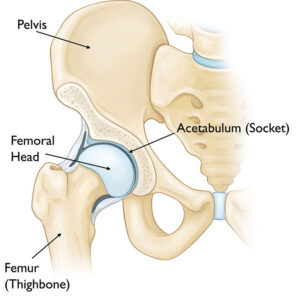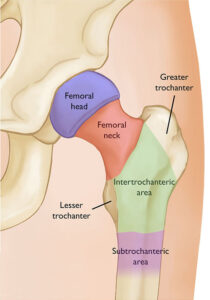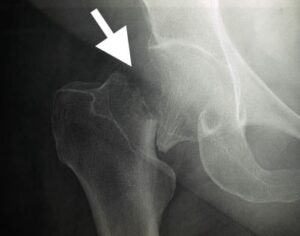A hip fracture refers to a break in the upper segment of the femur, commonly known as the thighbone. These fractures are most frequently seen in older adults with weakened bones due to osteoporosis. However, in younger individuals, hip fractures typically result from high-impact incidents, such as falling from a significant height or being involved in a vehicular accident.
Annually, over 300,000 individuals in the United States experience hip fractures, with the majority being adults aged 65 and older. These injuries predominantly occur during falls at home or within the community.
Hip fractures are often associated with significant pain, making timely surgical intervention crucial. Early treatment not only addresses the fracture but also enables patients to mobilize quickly, reducing the risk of complications such as bed sores, blood clots, and pneumonia. Prolonged immobility in elderly patients can lead to further issues, including cognitive disorientation, which complicates rehabilitation and recovery efforts.
Most hip fractures sustained by older people result from falls.
Anatomy of the Hip Joint
The hip joint is a classic example of a ball-and-socket structure.
- The Ball: This is the femoral head, which forms the uppermost portion of the thighbone (femur).
- The Socket: Known as the acetabulum, this part of the pelvis has a rounded shape designed to securely encase the femoral head. Together, this structure allows for a wide range of motion while maintaining joint stability.
Detailed Description of Hip Fractures
A hip fracture involves damage to one of the four key regions of the upper femur:
- Femoral Neck: Located just beneath the femoral head (the ball), this area connects the head to the shaft of the femur.
- Intertrochanteric Region: This is the area between the femoral neck and the shaft, defined by two prominent bony structures — the greater and lesser trochanters.
- Subtrochanteric Region: The part of the femoral shaft just below the greater and lesser trochanters.
- Femoral Head: The ball-shaped top of the femur that fits snugly within the acetabulum.
Among these, intertrochanteric fractures and femoral neck fractures are the most frequently occurring types of hip fractures. On the other hand, femoral head fractures are exceedingly rare, often resulting from high-impact injuries like car accidents or severe falls.
This comprehensive understanding of hip anatomy and the common fracture types can aid in identifying the nature of the injury and tailoring appropriate treatment plans.






